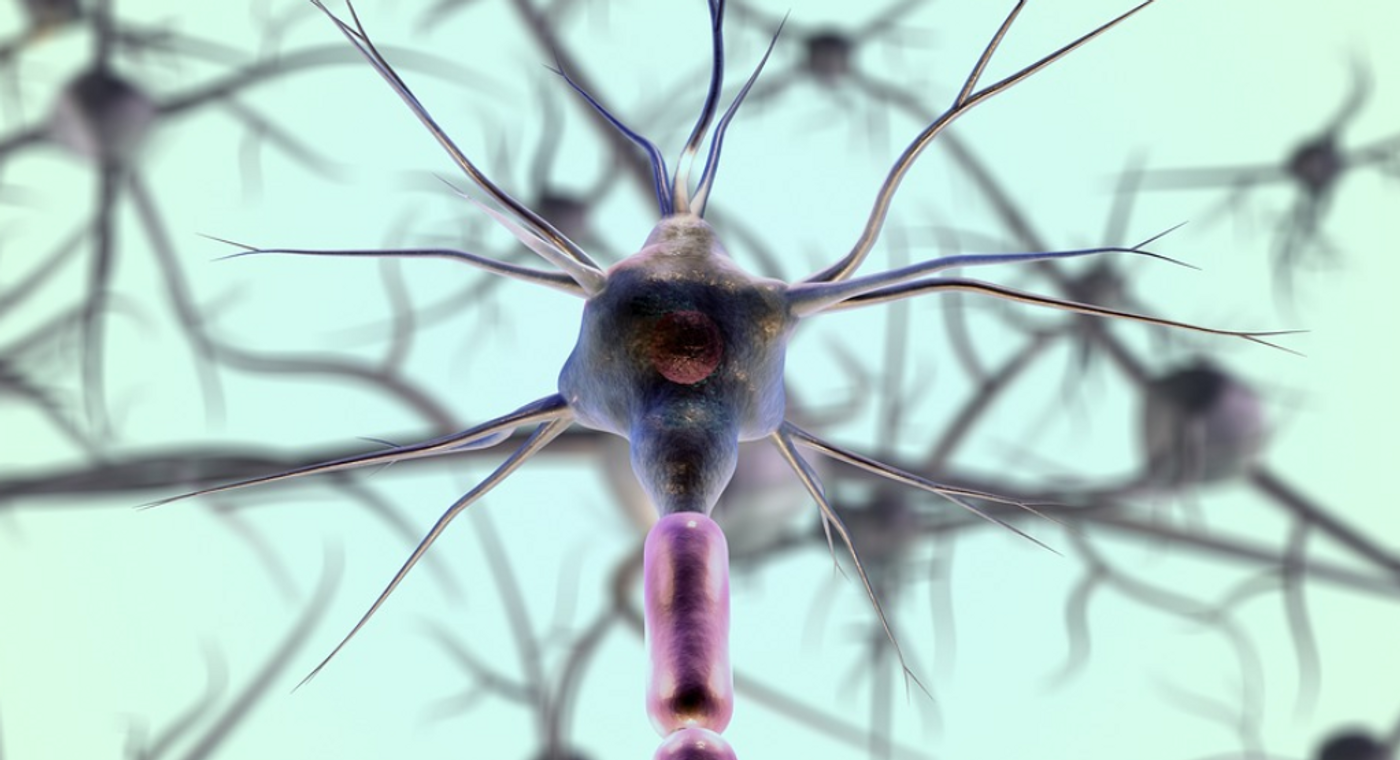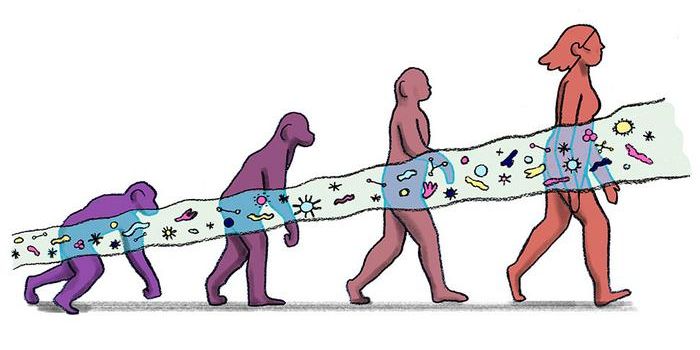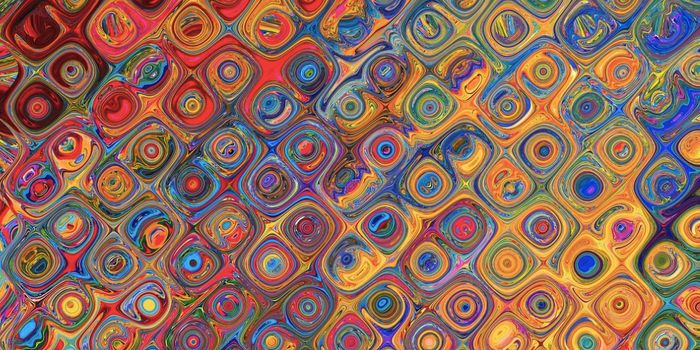After Neuronal Damage, Researchers Restore Walking in Mice
If the spinal cord in a mouse or human suffers damage, temporary paralysis occurs until the damage is healed, and motor function is then restored. But when the spinal cord damage is severe and total, there is no recovery and paralysis is permanent. It might be possible to restore function to fully damaged human nerves by encouraging neurons to regenerate, which has not yet been possible. However, in a new study reported in Science, researchers found a way to restore natural motor function after spinal cord injury in a mouse model. If specific mouse neurons were targeted, there was recovery; but when regrowth happened randomly, function was not restored.
In 2018, researchers were able to trigger the regrowth of portions of neurons called axons, which project from nerve cells and allow them to communicate, in a rodent model; but motor function was not restored. In this work, the investigators wanted to know if targeted regeneration that aimed to regrow specific subpopulations of neurons could restore function. They began by finding the nerve cells that improve walking after partial injury to the spinal cord.
When the axons of these restorative neurons were regrown at the site of a spinal cord injury, there was no meaningful impact on the recovery of motor function. But the researchers identified chemical signals that could target that regrowth in specific areas; in this case, the scientists targeted the lumbar spinal cord. This improved the ability of mice with complete spinal cord injuries to walk again.
"Our study provides crucial insights into the intricacies of axon regeneration and requirements for functional recovery after spinal cord injuries," said senior study author Michael Sofroniew, MD, PhD, a professor at UCLA. "It highlights the necessity of not only regenerating axons across lesions but also of actively guiding them to reach their natural target regions to achieve meaningful neurological restoration."
With a focus on regrowing specific neuronal subpopulations in certain areas, it may be possible to create therapies that can restore motor function in larger organisms, and maybe humans too. There will still be challenges, however. The researches noted that in larger animals, regeneration has to happen over larger distances that will require fine-tuning the way neurons are organized as they regrow.
However, the study authors noted that this research can "unlock the framework to achieve meaningful repair of the injured spinal cord" and may could promote repair in cases of other types of disease and injury in the central nervous system.
Sources: University of California Los Angeles, Science









